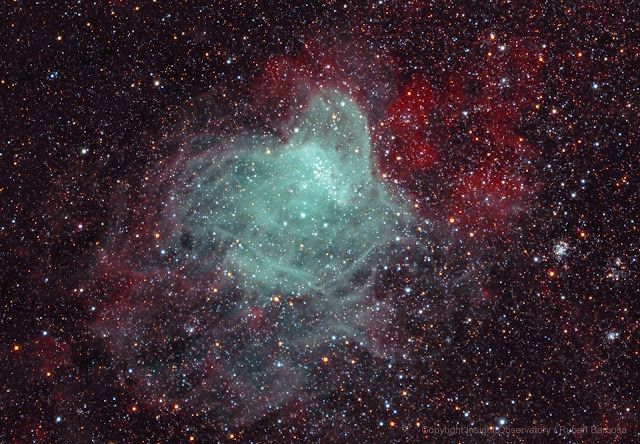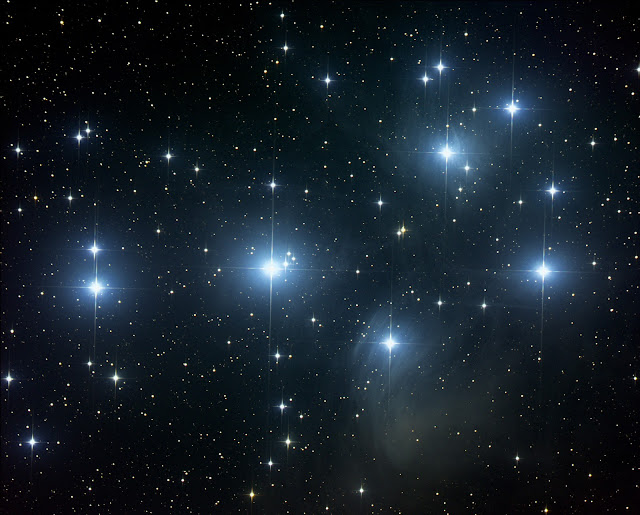Insight Observatory is excited to announce the addition of two new affiliate remote telescopes to its growing network! These remote imaging systems are both wide-field configurations provided by Insight Observatory's affiliate partner, Lukas Demetz from the SkyGems Observatories Network. Both configurations are close to being identical with the exception of the imaging camera. Both are Officina Stellare Veloce 200 AT, with focal lengths of 600mm and a focal ratio of f/3.
The designations of these two additions to Insight Observatory's remote telescope network are AFIL-5 located in Hakos, Namibia and AFIL-6 hosted at AstroCamp in Nerpio, Spain.
These new additions can be accessed on Insight Observatory's online Personal Image Request (PIR) application for ONLY $25.00 for a 20-minute LRGB color or monochrome processed image. The raw image files are also available upon request if selected on the PIR.
Proceeds from PIR image purchases go towards supporting Insight Observatory's educational outreach efforts.
Specifications of the AFIL-5 Veloce 200 AT Imaging System - Hakos, Namibia:
Specifications of the AFIL-6 Veloce 200 AT Imaging System - Nerpio, Spain:
Read More
The designations of these two additions to Insight Observatory's remote telescope network are AFIL-5 located in Hakos, Namibia and AFIL-6 hosted at AstroCamp in Nerpio, Spain.
These new additions can be accessed on Insight Observatory's online Personal Image Request (PIR) application for ONLY $25.00 for a 20-minute LRGB color or monochrome processed image. The raw image files are also available upon request if selected on the PIR.
Proceeds from PIR image purchases go towards supporting Insight Observatory's educational outreach efforts.
 |
| Veloce 200 AT wide-field affiliate remote telescope additions AFIL-5 located in Hakos, Namibia (left) and AFIL-6 hosted at AstroCamp in Nerpio, Spain (right). |
Specifications of the AFIL-5 Veloce 200 AT Imaging System - Hakos, Namibia:
- Officina Stellare Veloce 200 AT
- Focal length 600 mm (24'') - Focal ratio f/3
- ASA DDM60 mount
- QHY 600M CCD
- Filters: LRGB, Ha7 OIII SII
Specifications of the AFIL-6 Veloce 200 AT Imaging System - Nerpio, Spain:
- Officina Stellare Veloce 200 AT
- Focal length 600 mm (24'') - Focal ratio f/3
- ASA DDM60 mount
- SBIG STF-8300M CCD
- Filters: LRGB, Ha7, OIII, SII





